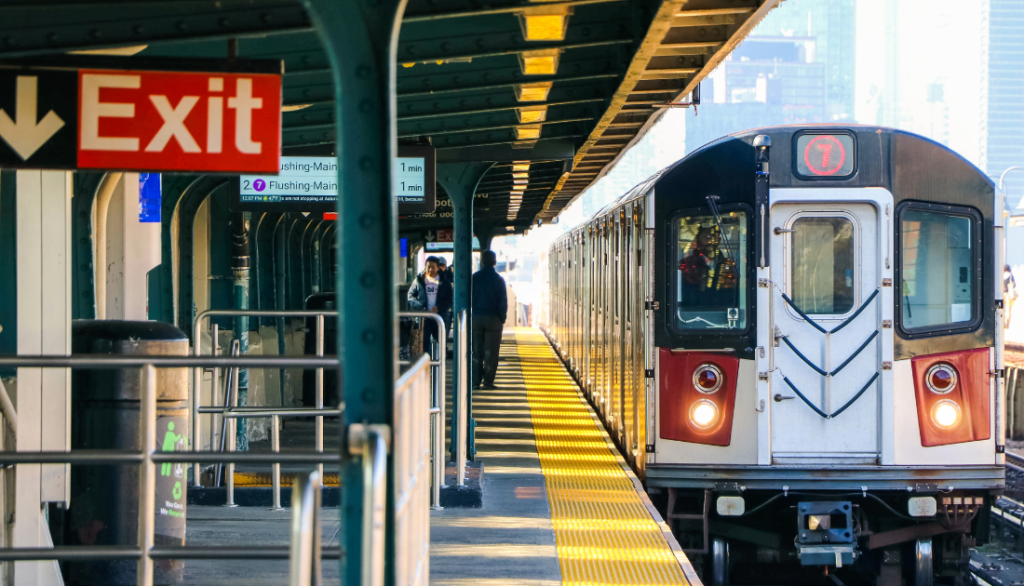At 11:19 AM on October 8, 2024, IRCTC shares were trading at ₹872.6, marking a 1.71% increase from the previous closing price. The stock has gained momentum in line with the overall market, as benchmark indices Sensex and Nifty both posted gains.
Sensex was trading at ₹81,465.16, up by 0.51%, while Nifty followed closely, gaining 0.5%. Despite the positive movement today, IRCTC’s technical indicators signal that the stock is currently in a downtrend.
Price Movement and Technical Indicators
IRCTC shares hit an intraday high of ₹872.8 and a low of ₹851.6, remaining within a tight trading range. The uptick in price is notable, but the stock is still trading below several key moving averages, which are often used to assess the stock’s performance and potential future trends.
The short-term simple moving averages (SMA) for the stock are as follows:
- 5-day SMA: ₹908.53
- 10-day SMA: ₹906.54
- 20-day SMA: ₹918.53
In addition, the stock is also below longer-term SMAs:
- 50-day SMA: ₹933.84
- 100-day SMA: ₹979.40
- 300-day SMA: ₹962.06
The fact that IRCTC’s current price is below these averages indicates bearish momentum, suggesting that the stock may face resistance in the near term. Investors typically view the SMAs as a sign of underlying market strength or weakness, and in this case, IRCTC’s movement below these averages signals a weak technical structure.
Key Resistance and Support Levels
A classic pivot level analysis on the stock provides insights into potential future price movement. The pivot points for IRCTC, calculated based on daily data, show that the stock is facing resistance at three key levels:
- ₹877.7
- ₹897.95
- ₹915.15
On the downside, the stock has key support levels at:
- ₹840.25
- ₹823.05
- ₹802.8
Traders often use these pivot points to make decisions about entry or exit points in a stock, as they offer a framework to understand price movements over different time periods. As IRCTC approaches resistance at ₹877.7, investors will be watching whether the stock breaks through this level or retraces toward the support levels.
Volume Trends and Market Sentiment
One crucial aspect to note about today’s price movement is the lower-than-average trading volume. By 11 AM, the volume of IRCTC shares traded on the National Stock Exchange (NSE) and Bombay Stock Exchange (BSE) was 54.31% lower than the volume traded during the previous session. Lower trading volume paired with an upward price movement may indicate a less sustainable rally, as strong price action typically requires higher volume to confirm investor confidence.
Volume is an important indicator for traders, as it reflects the level of interest in the stock. Positive price movement on higher volume is often considered a sign of a strong trend, while lower volume may suggest a lack of conviction among investors.
Market analysts have noted that the overall sentiment around IRCTC is cautious. While the stock gained today, the broader technical indicators suggest that the current upward movement may not be sustained without further bullish signals, especially given the lower volume.
Broader Market and Industry Comparison
IRCTC’s performance today mirrors gains in its peer companies and the broader market. Indian equity benchmarks have posted consistent gains in recent sessions, with the Sensex and Nifty both showing strength. IRCTC’s 1.71% gain comes in tandem with these broader market gains, suggesting a correlation with the overall market sentiment rather than company-specific developments.
The stock is also benefiting from positive performance across other sectors. For instance, the Nifty Metal Index, which tracks companies in the metal sector, has continued to outperform even as the broader market remains mixed. This upward momentum in specific sectors is helping lift sentiment across the board, and IRCTC is seeing some spillover from these trends.
Fundamental Analysis: Profitability and Valuation
From a fundamental perspective, IRCTC remains a solid player with strong profitability metrics. The company’s return on equity (ROE) stands at an impressive 38.93%, indicating that it is effectively using its shareholders’ equity to generate profits. This high ROE is a sign of the company’s strong financial performance and operational efficiency.
However, IRCTC’s price-to-earnings (P/E) ratio is currently 57.83, which is considered high by industry standards. A higher P/E ratio often suggests that a stock is overvalued compared to its earnings, and investors may need to weigh this against the company’s growth potential. Despite its strong fundamentals, the stock’s valuation could be a point of concern for some investors, particularly those looking for value buys.
Institutional Holdings and Stock Forecast
The stock is also being closely watched by institutional investors. IRCTC’s promoter holding stands at 62.40%, with mutual funds (MF) holding 9.60% and foreign institutional investors (FIIs) holding 7.78%. Notably, FII holdings have decreased slightly from 8.08% in the March quarter to 7.78% in the June quarter, indicating a reduction in foreign investment interest in the stock over recent months.
According to analysts, the stock’s median one-year forecasted upside is 4.19%, with a target price of ₹836. While this suggests limited upside potential, IRCTC continues to attract attention due to its dominance in the railway catering and tourism sector, as well as its near-monopoly in online railway ticketing in India.
Outlook for IRCTC
IRCTC’s share price movement today reflects a mix of broader market trends and company-specific factors. Despite being in a downtrend technically, the stock has managed to gain 1.71%, supported by broader market strength. Investors are closely monitoring the stock’s next resistance levels, particularly ₹877.7, to assess whether the stock can continue its upward trajectory or face further downward pressure.
While IRCTC remains a fundamentally strong company with a high ROE, its high P/E ratio and lower volume today may signal caution for short-term investors. Long-term investors, however, may find the stock’s strong market position and profitability attractive, particularly as the company continues to dominate the Indian railway and tourism sectors.

